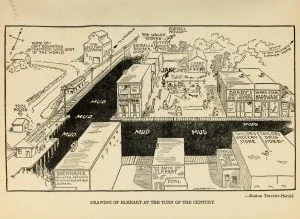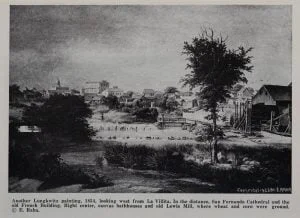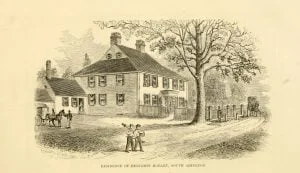Biography of Peter Adams
For a third of a century Peter Adams has been a resident of Owyhee county, and has been identified with the important work of taking from the mountain side the rich mineral deposits and securing the valuable metals that they may be used in connection with the commercial activity of the nation. He came to the west from the far-off Empire state, his birth having occurred in Dunkirk, New York, on the 24th of February 1837. The Adams family is of Scotch origin, and the parents of our subject were Peter and Jane (Brodie) Adams, residents of Buffalo, New York. … Read more






